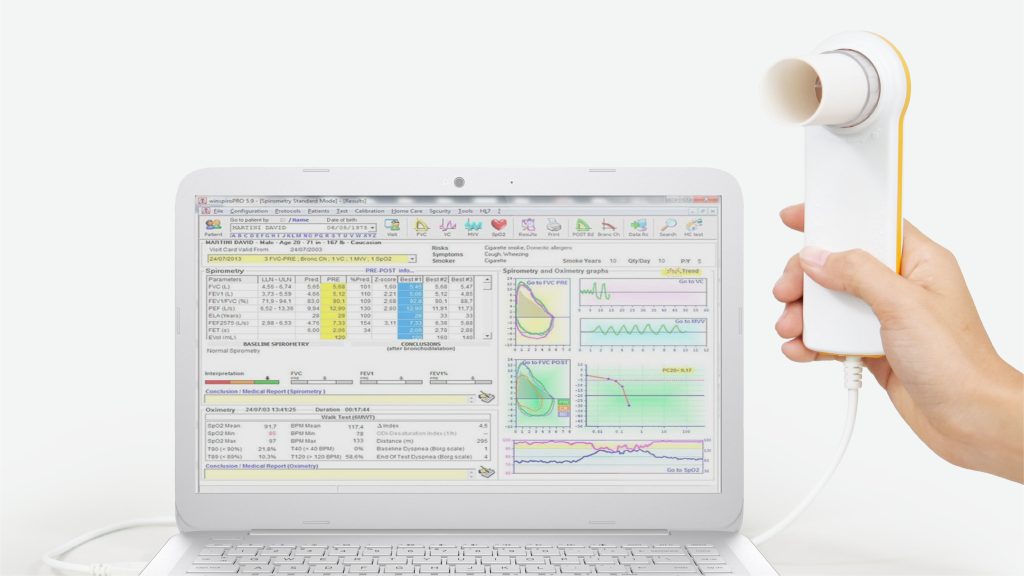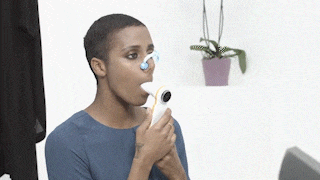3 Tips to Get an Accurate Spirometry Test Result – for Clinics

As a healthcare provider, it is important to ensure that spirometry tests are performed accurately in order to diagnose and monitor respiratory conditions such as asthma and COPD, as well as to screen and monitor lung function changes resulting from occupational hazards.
Here are 3 tips for getting accurate spirometry test results for your patients:
Tip 1: Make sure your patient is properly prepared for the test
This includes instructing the patient to refrain from smoking or exercising for at least an hour before the test and to avoid eating a heavy meal immediately beforehand. It is also important to remind the patient to wear loose, comfortable clothing that will not restrict their breathing.
For more details on how your patients can prepare for their test, check out our post on “5 Tips to Prepare for Your Spirometry Test – for Patients”.
Tip 2: Ensure your patient follows proper technique when performing the spirometry test
Guide your patient into an upright seated position in a chair, with their feet flat on the floor throughout the test. It is important to instruct the patient to exhale as forcefully as possible into the spirometer, and to continue exhaling until they have emptied their lungs completely – at least 6 seconds or more. Make sure the patient is using the mouthpiece tightly with no leaks. Before the start of each test, let them practice and prepare by taking a few deep breaths.

Image from MIRmedical
Tip 3: Use a high-quality spirometer
The spirometer should be registered with the Health Sciences Authority of Singapore (HSA) and conform to American Thoracic Society (ATS) and European Respiratory Society (ERS) standards. It is crucial that the spirometry and sensors used are clean, properly calibrated and in good working order, as inaccurate readings can result in a misdiagnosis or improper treatment. Be sure to check that the spirometer is calibrated before each test and follow the manufacturer’s instructions for its use.

Image from MIRmedical
Alternatively, choose a pre-calibrated disposable spirometry turbine.
Conclusion
By following these tips, you can help ensure that your patients’ spirometry tests are accurate and provide valuable information for their diagnosis and treatment. It is also important correctly input details that affect the test results and interpretation, such as the patient’s race, age, sex, height, and weight.
If you’re looking to purchase a new spirometer, MIR Spirometers are used and trusted in Singapore by the top hospitals, universities, clinics and screening centers.

Image by EO Medical
Stay tuned for our next article “How to choose a spirometer” which compares the different types of MIR spirometers and their features!

